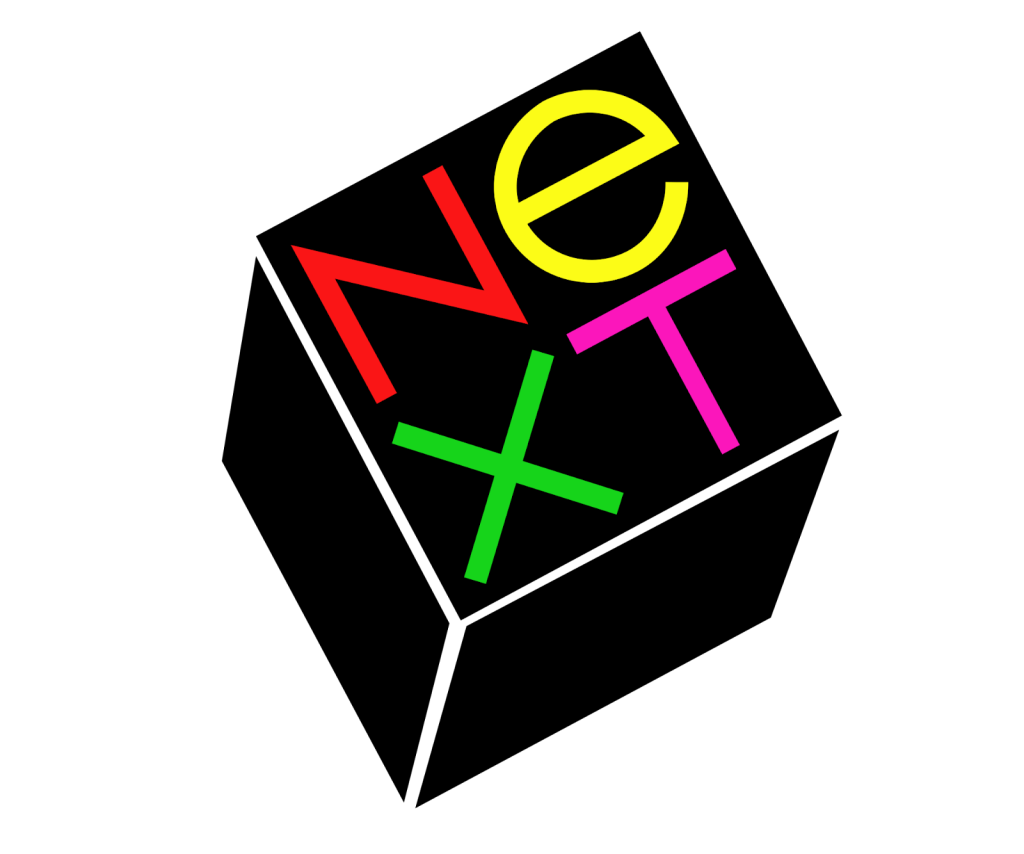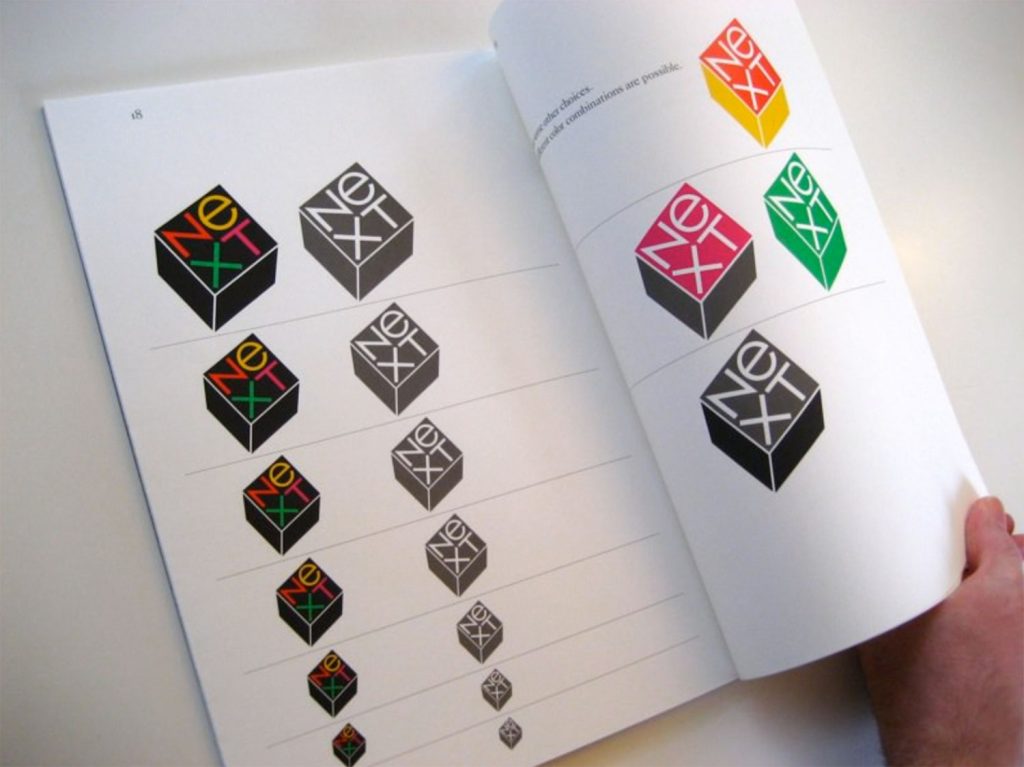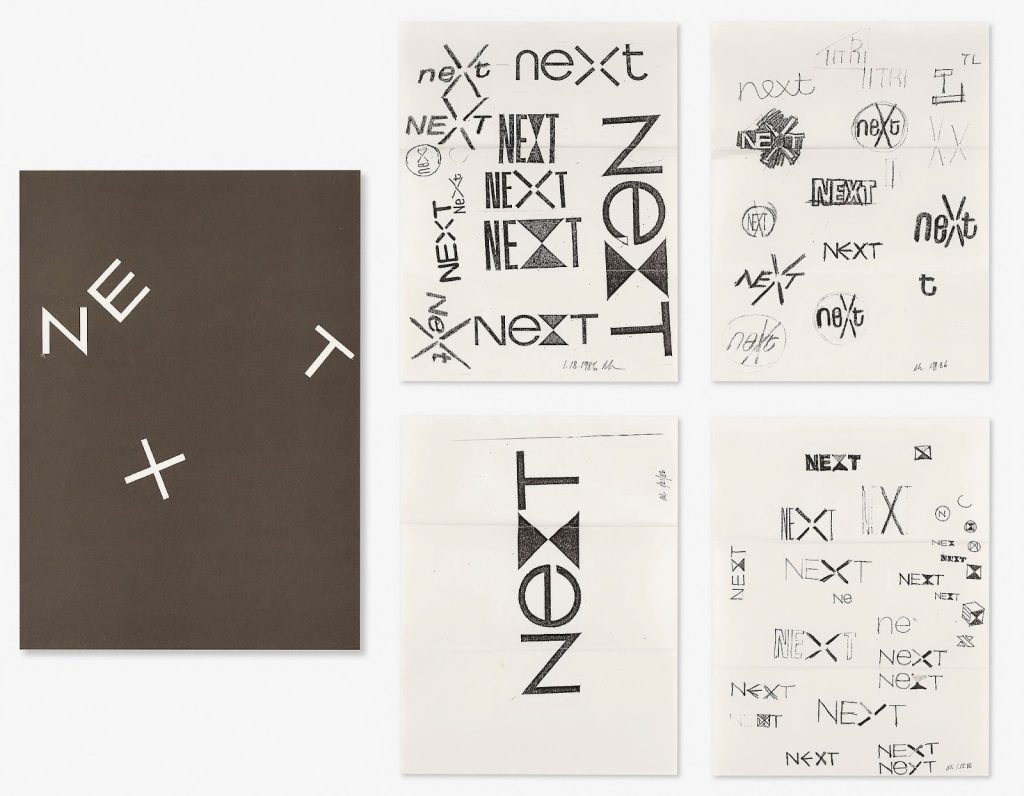You may have heard about NeXT, the company Steve Jobs created in 1985. NeXT specializes in designing and manufacturing computer workstations for educational establishments and businesses.
The following year, in 1986, Steve Jobs paid designer Paul Rand $100,000 to design the NeXT logo. This wasn’t an ordinary gig––Rand was very specific in his requirements to create the design for Jobs.
He said that Jobs would not receive any concepts or rounds; he wouldn’t even receive multiple logo options. Rand would design the logo on his own, Jobs would give him the payment, and if Jobs wasn’t satisfied, he could ditch the logo and find another designer.
As it turns out, Jobs was satisfied with the logo, and it became an iconic piece that many designers look at. After all, Paul Rand was a famous designer with experience and an artistic talent unlike any other. In this article, we’ll look at the logo Rand presented to Jobs, what came of it, and where the company and its iconic logo are today.
1985––1996: The One and Only Logo
The NeXT logo, designed by Paul Rand in 1985, was simplistic yet intriguing. It featured a single black cube that was placed diagonally and appeared to be standing in one corner.
All of the letters of the company name were placed inside the cube, all in uppercase, with the exception of ‘e.’ Each letter was in a different color; ‘N’ in red, ‘X’ in green, ‘e’ in yellow, ‘X’ in green, and ‘T’ in pink.
Rand didn’t stop at merely presenting the logo to Jobs; he always provided him with a 20-page brochure where he wrote out every detail of the design.
This presentation book served as a way for Rand to persuade the client that the emblem would represent the brand well and that it was the right direction.
The History of NeXT
The next logo was created in 1985 when Steve Jobs was first forced to leave Apple. However, Jobs had always been passionate about using his brain and implementing his ideas, so he wasn’t ready to stop with Apple.
That was why Jobs began his journey of creating a new company which would be known as NeXT. He founded the company in 1986, based in Redwood City, California. Two years later, he created the first computer with the same name. It’s important to note that NeXT wasn’t immediately a big hit––the company started with a meagre 50,000 machines selling, which wasn’t much for a commercial business.
However, that wasn’t the end of the company. NeXT had a significant mark on the history of computers and was one of the first to test new ideas regarding electronics in the 20th and early 21st centuries.
NeXT was always thought to be intentional with creating electronics for educational and business needs. From the moment it was created in 1985 until it was acquired by Apple in 1996, the company created three computers: the first model designed in 1988 was called NeXT Computer; in 1990, they released two smaller versions called NeXTstation and NeXTcube.
NeXT is now discontinued, but we can learn a lot from the company and the impact Steve Jobs made with it when he owned it. The company was known for producing computers and programming environments for educational and business institutions.
When Steve Jobs started this business, he knew it would need a strong visual identity to represent it, so he hired Paul Rand to design his logo.
What We Can Learn From Paul Rand
When it comes to design, we can learn a lot from the famous designer Paul Rand. Rand was a famous designer with a solid reputation, a bold portfolio, and an eye for creativity and style.
It’s rare for a designer to be so strict in their design limitations, but in Rand’s case, we can see that his hard work in previous jobs had paid off.
Because Jobs had approached him, based upon the work he had seen him do previously and how he liked his reputation and style, he knew that he was in control with designing. He didn’t give Jobs any concepts or ideas or go back and forth with him on what changes he wanted; he merely provided him with the finished product.
However, this isn’t to say that Rand wasn’t professional and detailed with his job education. He provided Jobs with the full NeXT logo book, and let presentation that detailed everything important about the logo.
He also gave a NeXT logo specification sheet, which provided Jobs with the color choices, variation of the logo that might need to be used, and the typeface. What we can learn from Rand is that such a specific level of skill he had and his hard work paid off in being able to set his own requirements for creating a design.
However, when we see the detail he put into the finished product and everything he provided, it’s easy to see how Rand earned his reputation.
In Conclusion
Overall, NeXT was a company well known for its impact on the educational and business industries.
They released three computers in their time and, although no longer in business, certainly made a difference while they were.
One of the things that helped the brand become iconic and impactful is the NeXT logo, created by Paul Rand in 1985. The logo features a black cube with the company name, each letter in a different color.
This sleek and classic logo left a lasting impact on the design community.













